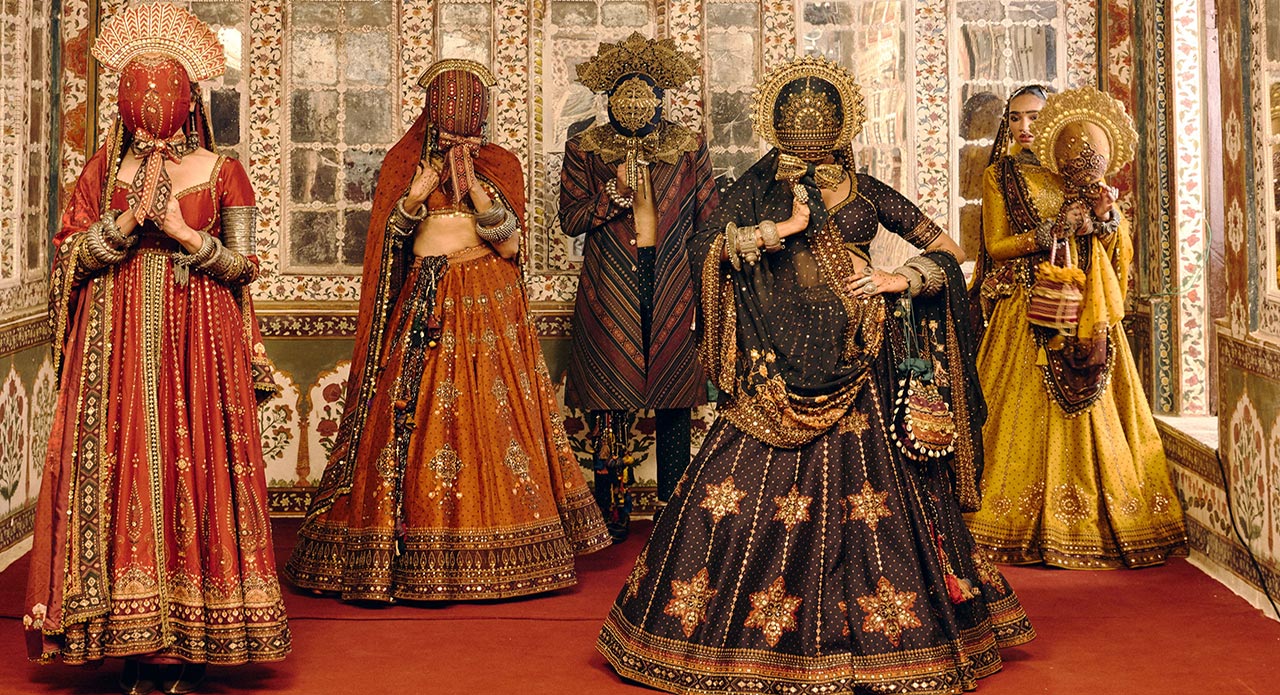The era of Factory Chic is here to stay, and a $6 pair of leggings could be the most controversial item in your closet.
A fresh kind of influencers have begun to appear on TikTok and Instagram; they aren’t lifestyle vloggers or beauty experts, but rather someone wearing a neon vest and standing in front of rows of sewing machines. Their claim? You can get a pair of your favourite $100 yoga pants for $5 here, without any markup, label, or middleman.
China TikTok is so messy rn Because now that the Chinese government legalize Counterfeit products of all American goods because of the tariffs their now exposing a lot of Big brands and how their stuff is manufactured and encourages you to buy them in House China for cheaper pic.twitter.com/GLftzEnF3y
— Klair-O-Spinach ( Saint Era) (@ClairoSpinach) April 12, 2025
Welcome to the most surprising luxury loophole on the internet: “Trade War TikTok.” American Chinese tariffs are rising faster than the price of Birkin bags, and Chinese factories are avoiding established merchants by pitching directly to your FYP (For You Page). The message is simple but tempting: It’s better to go directly to the source rather than pay boutique pricing.
Viral Value: The Rise of Trade War TikTok
Standing in front of industrial sewing machines, a lady proudly displays stacks of yoga pants in one viral video that has received close to 10 million views today. “Same materials, same stitching—just no label,” she insists. In another video, a man shows Louis Vuitton-style bags, which appear to be manufactured in the same factory but lack the brand’s emblem.
The real cost of #Birkin bag and what you are really paying for.🤦♂️ pic.twitter.com/WQTHFL2jKD
— Humanbydesign (@Humanbydesign3) April 13, 2025
Increasing tariffs and stricter trade laws have forced Chinese factories to become more inventive, which is why these videos offer more than just oddball material. And they have a following. Weary of inflation and luxury markups, American consumers are intrigued—and seduced—by the prospect of “the same thing for less”.
Not everyone, though, is buying it.
Luxury Brands Push Back
It makes sense that luxury brands are resisting their claims. The claim that any of Louis Vuitton’s products are made in China has been categorically refuted by the brand as stated on their website. Lululemon explained that all of its approved suppliers are publicly disclosed and that just around 3% of its finished goods are made there. They contend that these widely circulated products are ingenious imitations, if not outright fakes.
However, that doesn’t appear to be slowing down the TikTok trend. Conrad Quilty-Harper, author of Dark Luxury, and other experts caution that the messaging is extremely deceptive. He claims that they are blurring the distinction between illegal duplicates and legitimate manufacture. It’s more than a simple label change. Despite being designed to seem excellent on television, many of these products fall short of luxury standards.
“They’re trying to conflate the fake manufacturers in China with the real manufacturers. They’re very clever with their social media, and they’re very effective at driving demand in the West,” he added.
The Allure of the Luxe Aesthetic
This trend capitalises on a broader cultural phenomenon. Luxury is evolving as Gen Z and millennials place a greater emphasis on aesthetics than authenticity. If you go by pop culture trends evident on social media, nowadays, it’s more important to look like you do on Instagram than it is to just own a real Birkin.
This is a fantastic opportunity for Chinese producers – they’re trying to get Americans’ attention before the regulatory hammer falls since the deadline for tariff exemptions is approaching. And TikTok is the ideal medium for transforming industrial floors into viral catwalks because of its captivating scroll and passion for transformation stories.
What’s Real in the Age of Dupes?
This emerging grey market presents both challenges and opportunities for luxury businesses. On the one hand, it jeopardises their worth because of their exclusivity. Conversely, it highlights the extent to which their style has influenced popular culture. Even if it doesn’t have the name, everyone wants a piece of the style.
What does this entail for customers, then? Yes, it’s an alluring shortcut to high-end fashion, but with a warning. A 15-second video cannot capture the craftsmanship, brand accountability, and quality control that characterise true luxury.
Luxury firms are being compelled to defend their legacy in the social media court as fashion shifts from atelier to algorithm. Furthermore, even while TikTok may make luxury more accessible, the genuine item still appears to have a tag—and a trademark.







